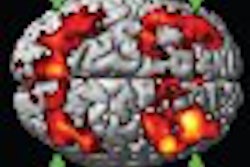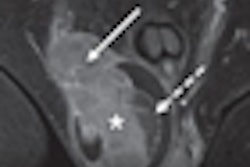Dear MRI Insider,
As an Insider subscriber, you have the first exclusive look at why hospitals and medical imaging centers across the U.S. are keeping a watchful eye on their helium supplies.
Scheduled shutdowns for seasonal maintenance this summer by suppliers, the country's lackluster economy, and last winter's mild weather have all contributed to helium being in short supply.
As operators of MRI scanners know, helium is critical to keeping an MRI magnet cooled to -452° F. Find out how helium suppliers are handling the issue -- and how future shortages may be avoided -- in this Insider Exclusive.
In other features, the MRI market could be ready for a significant upswing. An era of constraint that compelled many MRI sites to delay replacing their aging equipment may be coming to an end with a wave of new installations in the near future, according to a new report by IMV Medical Information Division.
Ever wonder how well cardiac MR can detect silent myocardial infarctions? A new study from the University of Pittsburgh's Cardiovascular Institute found that cardiac MR detected 17% of unrecognized myocardial infarctions, compared with 5% discovered with electrocardiography, among a group of 936 participants.
In addition, functional MRI (fMRI) showed changes in brain activation when people with mild traumatic brain injury performed memory tasks, hinting that such injuries could have longer-lasting effects than previously thought. Researchers at Taipei Medical University suggested that fMRI may have increased sensitivity for assessing mild traumatic brain injury when compared to neuropsychological evaluation alone.
MRI can also reliably detect, precisely localize, and accurately characterize scrotal lesions to advance treatment strategies and avoid unnecessary surgery for patients, enabling many to save their testicles. In a retrospective survey by German researchers, MRI achieved sensitivity, specificity, and positive and negative predictive values of 100% for the localization of scrotal lesions and in the analysis of testicular lesions' patterns.
Be sure to stay in touch with the MRI Digital Community on a daily basis, as we continue to report on novel MRI research and the latest news on the modality.



.fFmgij6Hin.png?auto=compress%2Cformat&fit=crop&h=100&q=70&w=100)




.fFmgij6Hin.png?auto=compress%2Cformat&fit=crop&h=167&q=70&w=250)











